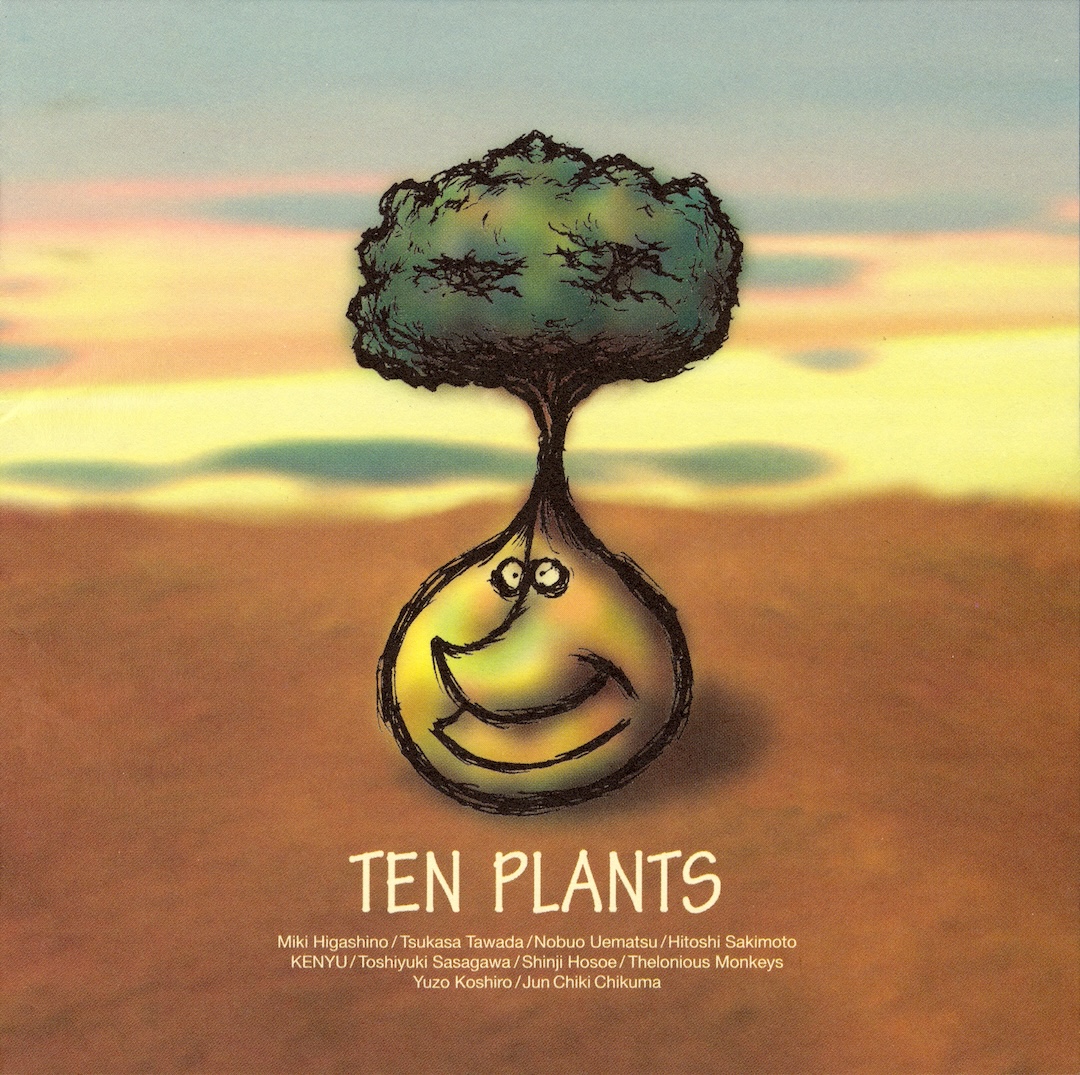When I think of summer, when I think of the vibrancy of this season, I think of albums like the Ten Plants series, spearheaded by video game composers Nobuo Uematsu and Toshiyuki Sasagawa.
To hear them tell it, the genesis of these two compilation albums could be something as simple as one friend having a heart-to-heart conversation with another. It was many moons ago when noted Final Fantasy music composer Nobuo Uematsu prodded his friend, Toshiyuki Sasagawa—most known for his work on the JRPG Tengai Makyou Zero or Hudson Soft’s Milon’s Secret Castle—with a proposition: Are you busy? Want to create a whole album together?

Toshiyuki would reply that solo work was tough at the time. To which Nobuo replied, “Then how about a compilation album with various other artists?” All he was asking for was for Toshiyuki to contribute one song, if they could manage it. This, they agreed, seemed reasonable. But what about a theme? Should there be one?
“Peace” or “peacefulness” – that’s the theme they decided on. It’s a word they both liked. So, in 1997, Nobuo and Toshiyuki contacted and met with various other friends from their line of work, gathering a motley crew of video game composers to take a break from composing music for others and create music that touched on their own ideas and sense of spirit.
The first Ten Plants “omnibus” album brought together its originators with an impressive cast of composers, including Miki Higashino (best known for her work on Gradius and Suikoden), Tsukasa Tawada (of Maniac Mansion and later Pokémon fame), Bomberman’s Jun Chikuma, Street Fighter EX’s Shinji Hosoe, and many more. As a collective, they expressed in the original liner notes how having the freedom to center their focus on a single word, “peace,” allowed them to contribute music that tapped into pastoral feelings and musicality gleaned from their Japanese environment.
A gorgeous record that spans the gamut of Japanese neofolk to ambient and electronic dance music, the original limited edition CD pressing of Ten Plants on Zabadak’s Biosphere sold out quickly. What was initially a cautiously created project grew to be a labor of love.

When Toshiyuki met up with Nobuo a year later to have drinks, they thought: “Shall we do it again?” Jazzed from the first release, Toshiyuki proposed a new theme: “Children’s songs.” Nobuo was surprised but game; he’d always wanted to make children’s music. Once again, the duo rounded up a new crew of outside-the-box video game and music composers to center another compilation based on this new theme.
For Ten Plants 2, composers like Yasunori Mitsuda (of Chrono Trigger and Mario Party fame) joined others like Takayuki Nakamura (who crafted the music of games like Virtua Fighter and OutRunners) and Chinatsu Kuzuu (who had transitioned into the world of VGM). Composers like Aki Hata (of the wonderful Dynamite Headdy) and Seiichi Hamada (of Shenmue fame) were also big names for a small scene that wanted to fully explore a more dreamy kind of vibe posited by the theme, “children’s songs.”
You hear it in Nobuo Uematsu’s opener “あしたの天気,” a fusion of prog folk and the digi-art rock helmed by Biosphere roster itself. Plaintive trad-leaning songs like Mitsuda’s “銀色のライカ” easily transitioned into Chinatsu Kuzuu’s “いろいろいろいろ,” a new take on the ambient pop of her earlier days. Swinging wildly from grassy neofolk to more contemporary dance and hip-hop styles, traditional-tinged songs like “平原の子” from Toshiyuki brought everything together, coalescing the album on a wonderfully nostalgic vibe.
Composers like Takayuki Nakamura spoke of how having children forced them to rethink how making music for such an audience could be. It’s all about getting lost in the eyes of someone still trying to process everything new in their world. In his ambient techno contribution, “チルドレン・ソング,” Takayuki really nails creating intelligent dance music for babies, if one can imagine such a thing.

I think the beauty of the Ten Plants series is that each song intimately expresses what makes each composer their own being. In a microcosm, we all bring our life experience into a shared message. The magic is, of course, in how we interpret and give our definition to such things. In the end, what’s yours of Ten Plants?
FIND/DOWNLOAD
